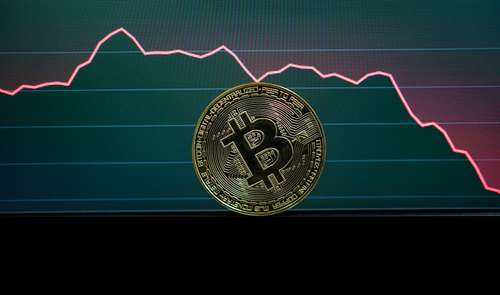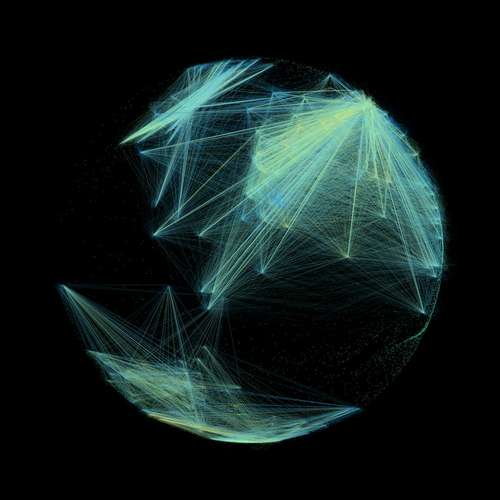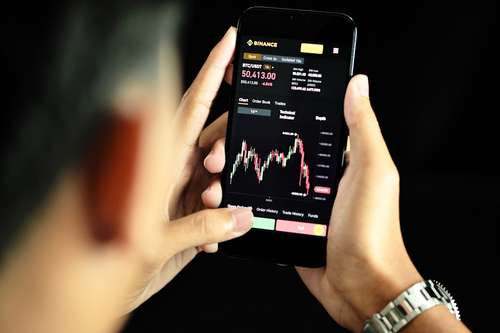
The adoption of the cryptocurrency Dogecoin (DOGE) persists, reaching unexpected levels, with more than 5 million wallet addresses now holding the digital asset.
This massive surge in Dogecoin holders comes in the wake of the COVID-19 pandemic, which supposedly led individuals to explore non-serious digital assets to alleviate lockdown boredom. The data, meticulously tracked by IntoTheBlock, unveils a colossal rise in DOGE's market presence.
Growing Dogecoin Engagement
Recent statistics showcase a massive surge in active addresses on the Dogecoin network, surpassing 168,000. This surge marks the highest figure recorded since March 2022.
Simultaneously, confirmed transactions on the Dogecoin blockchain have skyrocketed to levels not seen since June, skyrocketing by an astonishing 1,000% within ten days.

Such significant growth indicates a considerable interest in Dogecoin as a viable digital asset among traders and investors.
Ownership Concentration Concerns
Despite the high increase in wallet addresses holding Dogecoin, concerns linger regarding the concentration of ownership within the DOGE ecosystem.
BitInfoCharts' data reveals a discouraging reality: less than 5,000 addresses control over 80% of DOGE's total supply. This disproportionate control means that a handful of traders wield considerable influence over the price dynamics of this cryptocurrency.
Such a scenario poses dangerous risks for the market, potentially leading to substantial price volatility triggered by the actions of a small group of holders.
Dogecoin's Market Capitalization Surge
Remarkably, DOGE's market capitalization has ascended by an impressive 14%, nearly touching the $11 billion mark in the span of this month.
The surge in Dogecoin wallet addresses holding Dogecoin corresponds to a notable increase in its market value. It's a trend commonly observed in the cryptocurrency sphere: heightened adoption and increased usage often correlate with a surge in market capitalization.
Dogecoin's journey to popularity commenced in early 2021, catalyzed by Elon Musk's playful yet impactful memes featuring the coin. Musk's tweets significantly boosted DOGE's visibility, sparking the creation of similar dog-themed tokens like Shiba Inu.
During this period, the pandemic-induced lockdowns, government stimulus checks, and extensive monetary easing strategies adopted by central banks catalyzed the high surge in joke cryptocurrencies. These factors collectively encouraged risk-taking behavior across various financial markets.
Navigating the Risky Waters
The rise in Dogecoin wallet addresses indicates the growing interest and engagement with this playful cryptocurrency.
However, the concentration of ownership among a select few wallets raises legitimate concerns within the Dogecoin ecosystem. The potential influence a small group of holders wields over price dynamics underscores the natural volatility and risk associated with such a scenario.
The Road Ahead for Dogecoin
Not minding these concerns, Dogecoin's stamina and continued surge in adoption paint an enticing picture for its future trajectory.
As more individuals join the Dogecoin community, its market capitalization continues to surge. Nevertheless, the disparity in ownership concentration poses a challenge that demands careful navigation for sustained stability and growth within the DOGE market cap.
The number of Dogecoin wallet addresses has surpassed 5 million, indicating a growing interest in this fun digital asset.
However, it's essential to be vigilant and take strategic measures to ensure stability in the market, especially with the risk of ownership concentration. This is crucial for the continued adoption and growth of the market.



